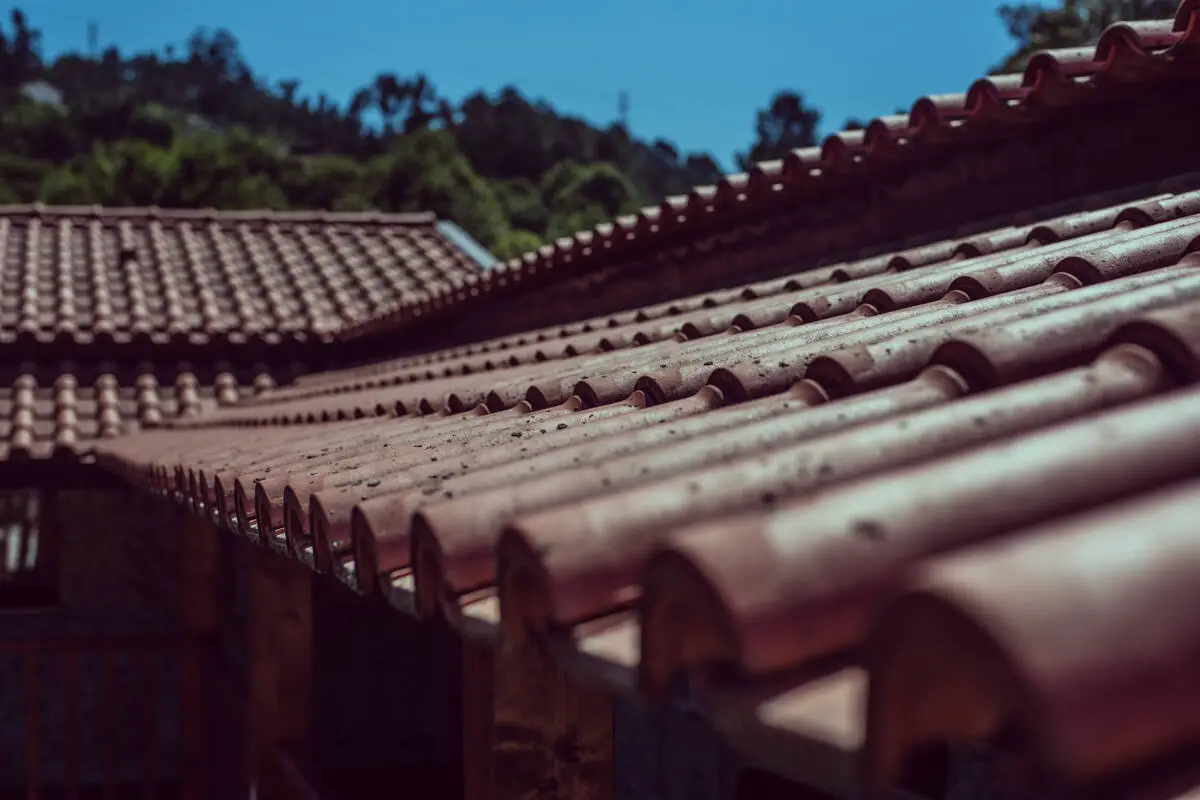Your home's roof serves as more than just a shield from the elements—it defines its aesthetic appeal, energy efficiency, and long-term durability. Selecting the right roofing material for your home requires thoughtful consideration of various factors, ensuring it not only enhances your home's curb appeal but also fits your climate, budget, and maintenance preferences.
Assessing Your Needs
Before diving into different roofing materials, assess your specific needs based on your region's climate and local building codes:
Climate Considerations:
Depending on your climate (hot, cold, wet, or dry), different roofing materials have varying performance characteristics. For example, metal roofing is extremely robust and works well in regions with heavy snowfall, whereas asphalt shingles are adaptable and function well in most temperatures.
Local Building Codes:
Check local regulations regarding roofing materials and installation methods. Some areas have specific requirements to withstand high winds, fire resistance, or environmental impact considerations.
Understanding Roofing Materials
Roofing materials come in various types, each with its own set of advantages and considerations:
- Asphalt Shingles: Affordable and widely used, available in a variety of colors and styles. They typically last 15-30 years depending on quality and climate.
- Metal Roofing: Known for durability and energy efficiency, metal roofs can last 50+ years and are recyclable. They're suitable for both residential and commercial buildings and perform well in snowy climates.
- Tile Roofing: Clay or concrete tiles offer durability and aesthetic appeal, especially in Mediterranean or Spanish-style architecture. They are heavy and may require additional structural support.
- Wood Shakes: Natural wood shakes provide a rustic look but require regular maintenance to prevent rot and mold. They are popular in areas with mild climates.
- Slate Roofing: Slate is durable, fire-resistant, and offers a distinctive appearance. It's one of the longest-lasting roofing materials, often lasting over 100 years, but it's also one of the most expensive.
- Composite Roofing: Made from a blend of materials like plastic, rubber, or fiberglass, composite roofing mimics the look of natural materials while offering better durability and lower maintenance.
Factors to Consider
When selecting a roofing material, consider these critical factors:
Durability:
Evaluate the lifespan of each material in your climate. For example, metal and slate roofs are known for their longevity, while asphalt shingles have varying lifespans based on quality.
Maintenance Requirements:
Some materials, like wood shakes, require regular maintenance such as sealing or staining to prevent deterioration. Others, like metal roofing, are virtually maintenance-free.
Energy Efficiency:
Choose a roofing material that enhances your home's energy efficiency. Metal roofs, for instance, reflect solar heat and can reduce cooling costs in hot climates.
Cost:
Assess both initial cost and long-term value. While slate roofing may be expensive upfront, its durability and minimal maintenance can make it cost-effective over time compared to cheaper materials with higher upkeep costs.
Budget Considerations
Your finances play a huge role in selecting roofing materials. While some substances have a better initial price, they will provide lower renovation charges and longer lifespans, making them greater powerful in the end. Assess both short-term affordability and long-term financial savings whilst making your preference.
Aesthetic Appeal
Roofs contribute considerably to your property's slash appeal. Choose a material and coloration that enhances the architectural fashion of your home. Whether you pick the classic appearance of asphalt shingles, the country charm of wooden shakes, or the undying elegance of slate, make sure it complements the general aesthetic feel of your home.
Eco-Friendliness
Increasingly, owners are considering the environmental impact of their roofing picks. Some substances, like metallic and composite roofing, are recyclable and provide great power efficiency, reducing your private home's carbon footprint. Research the sustainability and recyclability of materials to make an environmentally responsible choice.
Hiring the Right Contractor
Warranty and Insurance
Examine the manufacturer's warranty and become familiar with its coverage before deciding on a choice. To guarantee proper coverage for your new roof, talk to your provider about insurance implications as well. Gaining peace of mind and safeguarding your money will come from understanding these factors.
Conclusion
Choosing the right roofing material for your home involves careful consideration of climate suitability, durability, maintenance requirements, aesthetic preferences, budget constraints, and environmental impact. By weighing these factors and conducting thorough research, you can make an informed decision that enhances your home's functionality, beauty, and value for years to come.
FAQs
What is the most durable roofing material?
Slate roofing is renowned for its durability, often lasting over 100 years with proper maintenance.
How do I know if my roof needs to be replaced?
Look for signs such as cracked or missing shingles, leaks, or visible sagging in the roof structure.
Are there roofing materials that can save on energy costs?
Yes, metal roofing and certain types of asphalt shingles are known for their energy-efficient properties.





